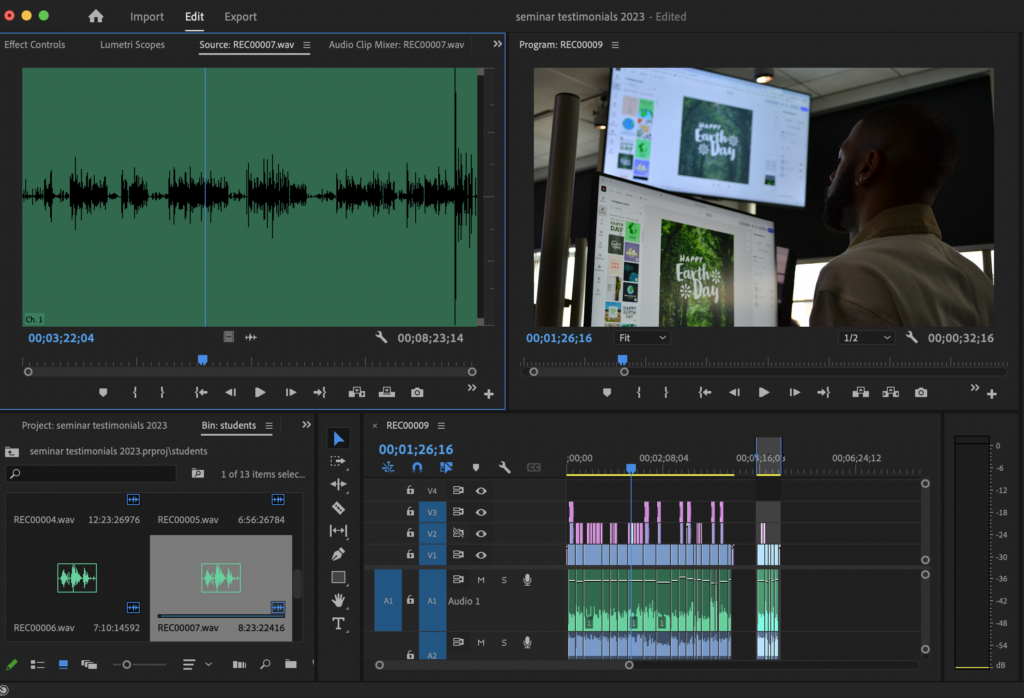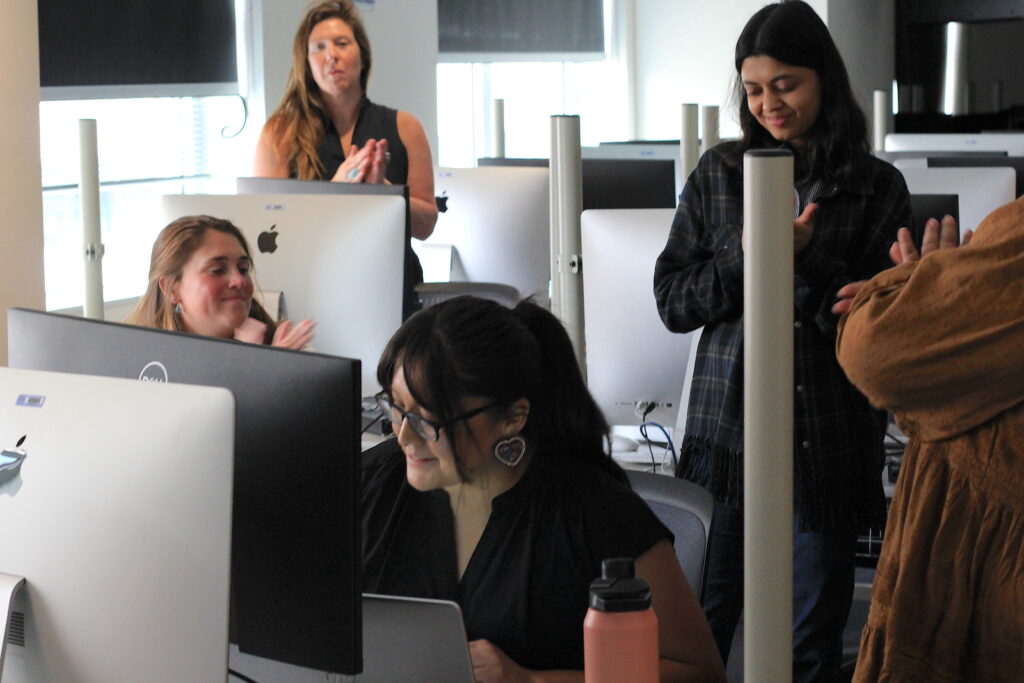Using Editing to Craft Compelling Stories
Video editing is the pivotal stage that brings all your creative elements together, transforming raw footage, interviews, b-roll, narration, and music into a cohesive and captivating story. It is the process of turning your storyboard into a tangible reality. Let’s explore the essential aspects of video editing.






















